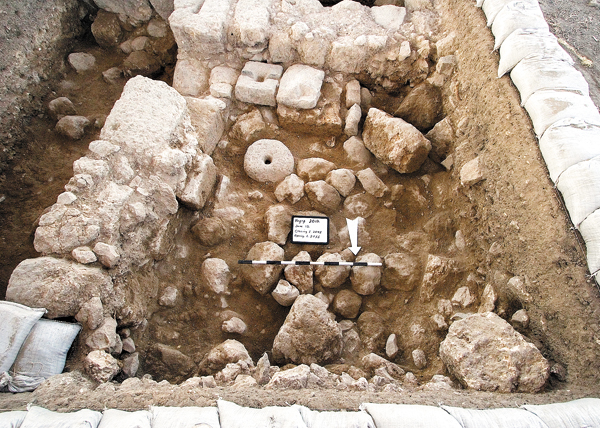Image Details

Jim Haberman
Sturdy stone walls (left and top) still stand to a height of 3 feet or more in this fifth–sixth-century C.E. building at Huqoq. Rooms with plastered floors (not yet visible in this mid-excavation photo) surround a central courtyard. The building produced a variety of finds that indicate intense agricultural and industrial activity, including donut-shaped grinding stones and millstones, loom weights and press weights, a roof roller, worked stones and worked bones, as well as large quantities of crushed olive pits. The diversity of the finds and the high quality of construction attests to the prosperity of the ancient village at Huqoq during this period, which reinforces the rabbinic sources that suggest a flourishing village here in the fourth–sixth centuries.
